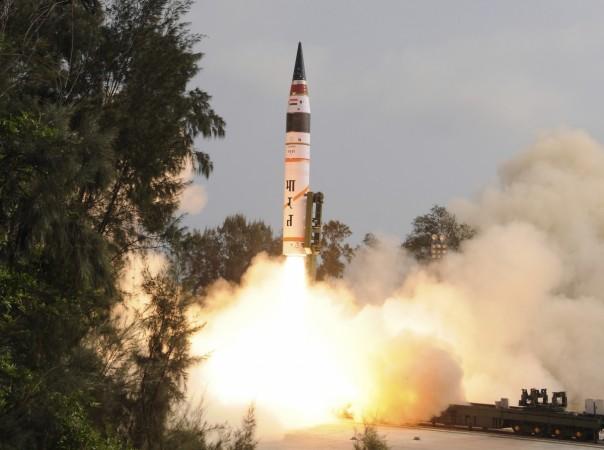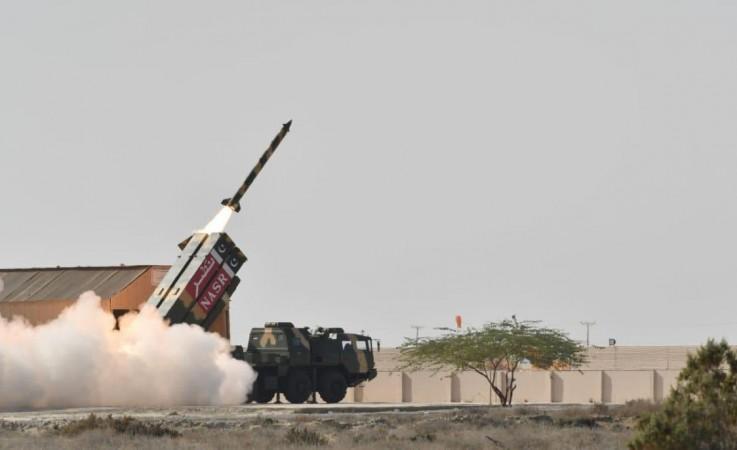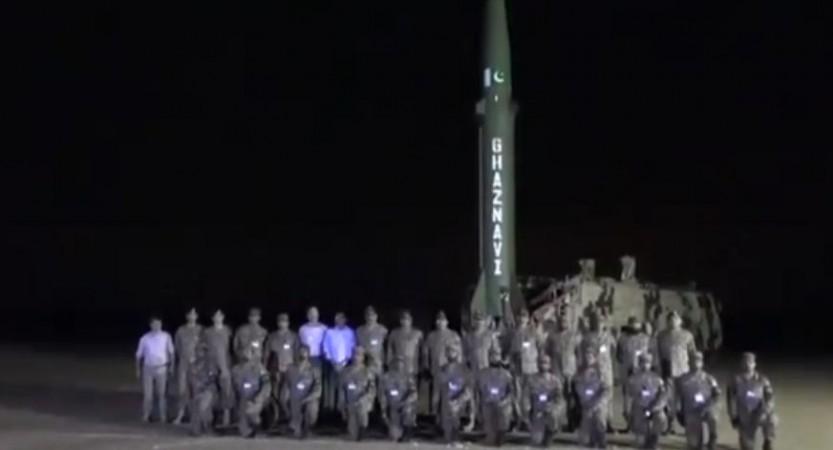
A study that came out soon after Pakistan Prime Minister Imran Khan's incendiary speech in the United Nations General Assembly (UNGA) threatening nuclear war with India shows such a conflict could immediately kill about 100 million people. The study published by Science Advances journal and carried by media around the world after Islamabad's outburst in response to Prime Minister Narendra Modi's abrogation of Article 370 of the Indian Constitution calculates that the South Asian neighbours will have at disposal by 2025 a stockpile of about 500 nuclear warheads trained at population centers of each other.
The war simulation using computer programs showed that if Pakistan, which has time and again vowed nuclear retaliation if threatened by an Indian offensive, struck Indian cities with 150 kiloton nuclear weapons. The fallout could trigger a global disaster threatening food production and mass starvation as well as disruption to the natural ecosystem in the region.
In the scenario unveiled by the studies, global temperatures could plummet to the level of the last Ice Age as colossal plumes of smoke from the burning cities would block the sun, according to Professor Owen Toon of Colorado University, the lead researcher. "India and Pakistan are of special concern because of a long history of military clashes including serious recent ones, lack of progress in resolving territorial issues, densely populated urban areas, and ongoing rapid expansion of their respective nuclear arsenals."

In the aftermath of such unprecedented nuclear blasts, thermal and nuclear radiation, the fatalities in a regional war could double the yearly natural global death rate for the first time, he said.
Nine countries, 14,000 nuclear warheads
The regional rivals have already fought four conventional wars since they split from British rule more than 70 years ago. The study follows clashes earlier this year over the Kashmir region, according to a report in The Sun newspaper. Though President Donald Trump has offered to mediate to resolve the Kashmir dispute, the Indian stand has traditionally been that it is an internal matter of the country and it could engage in bilateral talks with Pakistan only on containing terrorism in the Himalayan region.
"Compounding the devastation brought upon their own countries, decisions by Indian and Pakistani military leaders and politicians to use nuclear weapons could severely affect every other nation on Earth," Professor Toon said, adding that advice of military and policy experts were used to calculate the likely death toll.

The researchers calculated the quantity of smoke that the blasts could spew into the atmosphere using observations from the Hiroshima atomic bomb that the US dropped over the Japanese city in 1945. They estimated the impact on the climate and food production using a model similar to the one used to simulate the asteroid impact that killed the dinosaurs, the report says.
Successful training launch of surface to surface ballistic missile Shaheen-II conducted. Capable of carrying both conventional & nuclear warheads upto a range of 1500 KMs. Shaheen-II fully meets Pak’s strat needs towards maintenance of desired deterrence stability in the region. pic.twitter.com/I9t468wxnq
— DG ISPR (@OfficialDGISPR) May 23, 2019
The soot that the smoke would deposit in the atmosphere could block sunlight and cool the Earth's surface by 2-5 degrees Celsius. The rate at which plants store energy would fall 15-30 percent on land and 5-15 percent in the oceans. Rainfall is also predicted to drop by 15-30 percent which would have a devastating impact on food supplies and leave millions famished, the report says.
Commenting on the study, Professor Kip Hodges, at Arizona State University in the US, said, "Unlike in the days of the Cold War, when only a few countries were capable of starting a nuclear war, nine countries now possess a total of nearly 14,000 nuclear warheads."















